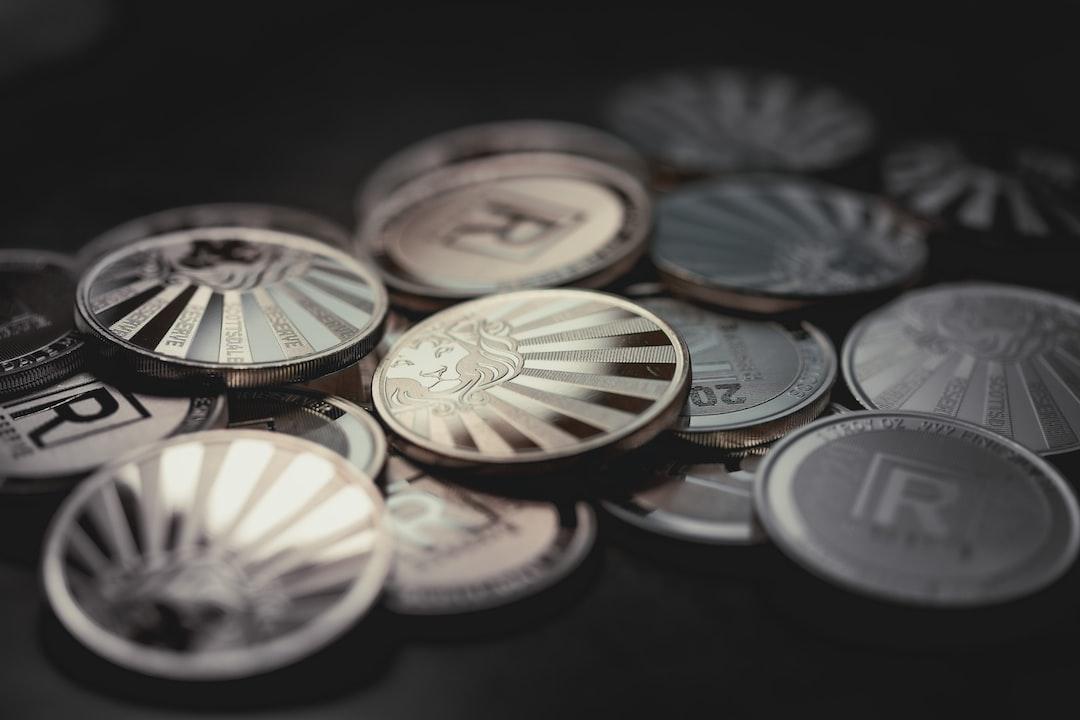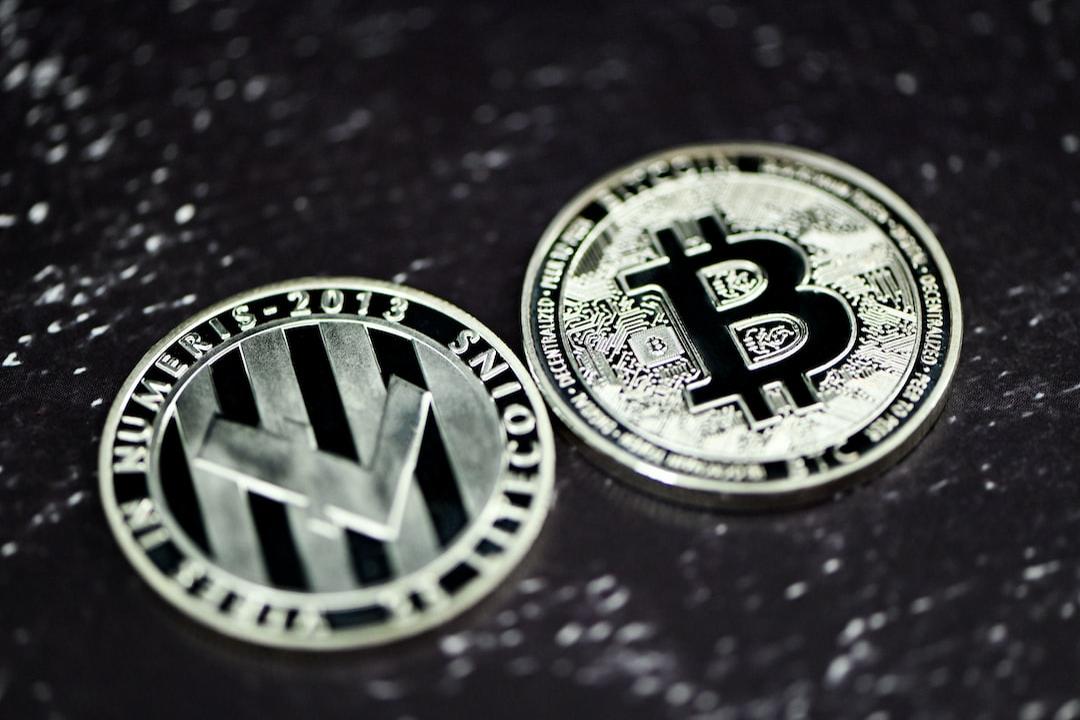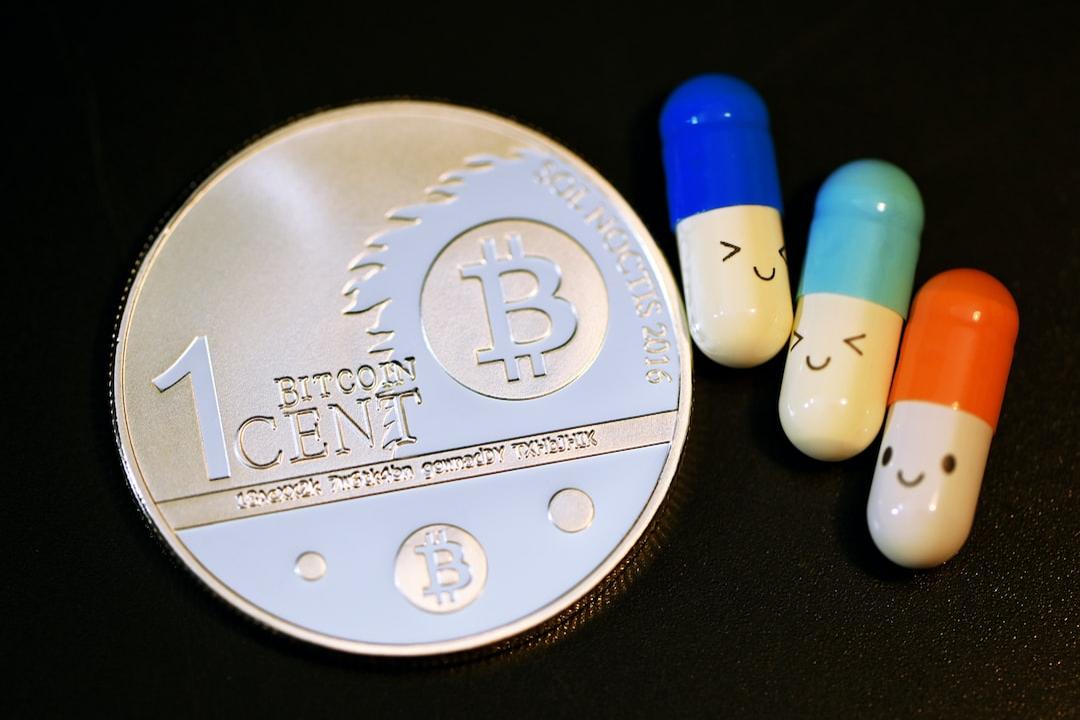Daily Selection of the Most Important Blockchain News, First-hand Interviews
Welcome to join the official Telegram of “WEB3+”
Sei Mainnet is Live! What Does it Mean?
The Sei Mainnet, a high-speed blockchain designed specifically for transactions, officially launched yesterday (15th). The native token of the blockchain, SEI, will also be listed on exchanges such as Binance, Kraken, Huobi, and Bitget, and trading will be available from 8:00 p.m. Taiwan time on August 15th.
According to Binance, after the mainnet launch, the market circulation supply of SEI tokens will reach 1.8 billion, with a maximum token supply of 10 billion, which means that the tokens will account for approximately 18% of the total supply.
Among them, 300 million SEI tokens will be allocated to Binance’s Launchpad, and users can earn SEI tokens by staking BNB tokens and stablecoins TUSD or FDUSD in activities before the end of August.

SEI tokens are now listed on Binance.
10 times faster than Solana! What are the features of Sei Blockchain?
Sei Labs, the core developer of the Sei network, was founded by former Goldman Sachs technology investment banker Jeff Feng and former Robinhood software engineer Jay Jog. In April 2023, Sei Labs raised $30 million in two strategic financing rounds from venture capital firms such as Jump and Multicoin Capital.

Sei Mainnet is officially live.
Sei is a proof-of-stake blockchain based on the Cosmos SDK framework, tailored for transactional needs, specifically to meet the requirements of decentralized exchanges (DEX), and capable of processing blocks in a very short time.
The development team behind the blockchain stated that the focus of Sei is to establish a chain that allows users to easily exchange assets. Whether it is assets on social platforms, games, or NFTs, Sei aims to provide the smoothest experience.
According to co-founder Jay Jog, Sei’s transaction speed is 10 times faster than Solana (Solana can be considered one of the fastest and lowest-cost platforms). It can confirm final transactions within a short 250 milliseconds (after which they cannot be changed or reversed) and has a 100-millisecond buffer to ensure protocol stability.

Co-founder Jeff Feng of Sei Labs stated that most Layer 1 blockchains (independent networks that secure user funds and execute transactions in one place) aim to solve technical problems, while Sei’s mission is to “solve problems through easy asset exchange.”
Jeff further explained that many people misunderstand Sei as a chain focused mainly on decentralized finance (DeFi), but in fact, Sei also pays attention to social platforms, games, and carbon credits.
There are already over 200 collaborative projects in the Sei Network ecosystem, including decentralized exchanges, infrastructure, wallets, and cross-chain bridges.
Six Major Use Cases of SEI Tokens
Sei Labs has also recently released the token economics of SEI, which has a total of six major use cases.
Network fees: Paying transaction fees on the Sei blockchain.
DPoS validator staking: SEI holders can choose to delegate tokens to validators or stake SEI tokens to run validator nodes to ensure network security.
Governance: SEI holders can participate in future protocol governance.
Native collateral: SEI can be used as asset liquidity or collateral for building applications on the Sei blockchain.
Fee market: Users can pay fees to validators to prioritize their transactions.
Exchange fees: SEI can be used as fees for building exchanges on the Sei blockchain.
In addition, according to the latest token distribution data released by the official team, 48% of the tokens will be allocated to the entire ecosystem, 20% to the team, 20% to investors, 9% to the foundation, and the remaining 3% to Binance Launchpool.
Among the 48% of tokens allocated to the ecosystem, they will be used for staking rewards, ecosystem initiatives, and airdrops.
How to Claim Airdrops?
According to the official statement, this is a cross-chain airdrop, which is a reward for users of multiple ecosystem blockchains.
Therefore, active users on networks such as Solana, Ethereum, Arbitrum, Polygon, BNB Chain, and Osmosis will have the opportunity to be whitelisted and apply for the airdrop. Although the official team has not defined the qualification of “active users,” they only stated on the official website that the airdrop will be available for claiming when the mainnet launches, and eligibility can be checked at this site.
However, although the mainnet is already live, as of the time of writing, it seems that the website cannot be used to check or claim the airdrop. Clicking on the link will redirect to the staking page.
Since the airdrop has not started yet, everyone still has a chance to claim it. If users meet the requirements, they should first install and create a wallet on the Sei network, such as Compass Wallet. After that, they can perform a cross-chain asset transfer once and receive the SEI token airdrop upon completing the transaction.

The following are the cryptocurrencies available for cross-chain transactions according to the official list:
Wormhole
Ethereum: USDC, ETH, WBTC
Arbitrum: USDC.e (arbUSDC)
Polygon: USDC (maticUSDC)
Optimism: USDC (opUSDC)
Solana: USDC (solUSDC)
BNB: USDT (bnbUSDT)
IBC (Osmosis)
ATOM
OSMO
Axelar
Ethereum: axlUSDC
Arbitrum: axlUSDC
Polygon: axlUSDC
BNB Chain: axlUSDC
Daily Selection of the Most Important Blockchain News, First-hand Interviews
Welcome to join the official Telegram of “WEB3+”
References:
The Block, Coindesk, Crypto Bulls Club
Proofread and Edited by: Gao Jingyuan

